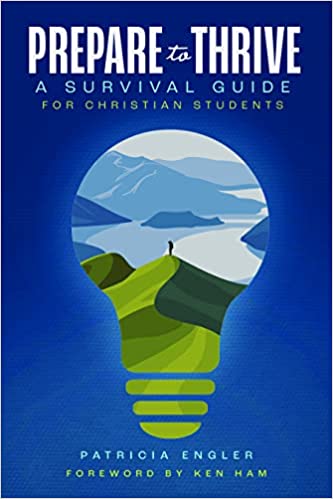Now that the warm weather has finally arrived, most of us are more than willing to throw off the winter coats and to head outdoors in less confining outfits. Jump, breathe in the air, open your eyes and your ears. What do you hear (besides traffic)? At our place the small birds (various kinds of sparrow, chickadees, juncos and robins) are all chirping loudly. The blue jays and magpies storm upon the scene, arrogantly forcing the small birds to take shelter in the nearby trees. As the bigger birds leave, the small birds quickly resume their former activities.
Bohemian waxwings have come in large flocks and moved on. Occasional woodpeckers appear and then disappear again so quickly you are not even sure that you saw them. Now is the time to make a list of all the birds that you have seen. Write down dates and places. Like any collector, you will be eager to collect more and more names for your list.
But don’t stop with mere lists. With practice you will have the opportunity to observe what the birds eat and how they behave. The robins in our backyard have been eating rotten crab apples. This seems like a good idea since it is so cold that earth worms must be hard to find near the soil surface. So we learn something new about robins, that they make do with other foods when they have to.
The chickadees in our yard seem to be very bright and enterprising and their songs are wonderful. They collect seed from bird feeders when it is too dark for other small birds to see. Indeed chickadees rush in to situations where sparrows fear to tread.
The juncos scuff the ground for seed as do the white crowned sparrows. House sparrows are able to feed on the ground too. They also feed at bird feeders but anything that suggests the shadow of a predatory bird (it might just be another bird feeder), will scare them away.
Nature is actually full of interesting things to learn about and to collect. How about looking for abnormal enlargements on plant leaves and stems? These are often insect galls, growths caused by an insect which is developing inside the enlarged tissue. Galls can be found in willow leaves and stems, rose leaves, oak leaves and stems, goldenrod stems and plenty of other plants. Why not collect some galls? You could carefully cut them open to see if the insect is still inside. Think about how the insect is able to affect the growth of the plant in such a way that a nice home with good food inside develops for the insect. It is a wonderfully coordinated system from the insect’s point of view.
Speaking of wonderfully designed systems, have you ever found your clothes covered with weed seeds like burrs, which cling in such a determined fashion because of their myriad tiny hooks? From the seed’s point of view, this is a wonderful method of spreading its offspring. The fancy term for this process is “seed dispersal.”
Some seeds like maple keys have tiny wings to enable them to spiral down and outward from the tree. Many plants have wind dispersed seeds. Dandelions and thistles spring to mind. Use your eyes and your problem solving skills to identify different methods of seed dispersal. Collect and label the seeds. (Some might have been spread through the intestines of animals like squirrels!) Each mechanism is a design feature whose purpose is to enhance the survival of that plant kind. There are so many design features in nature. It is amazing what you can learn simply by paying attention.
The squirrels, skunks, jack rabbits and coyotes or whatever else live near your place, are all wonderfully designed to survive and produce young. Sit still for a few minutes, if your can, to observe these wonderful creatures in action. Why not write a reflective piece about your observations. Next year you can compare your observations with what happened this year. Some naturalists make their living writing books about their experiences and observations in nature. Maybe you can too!
Moxie
July 2007
Subscribe to Dialogue







